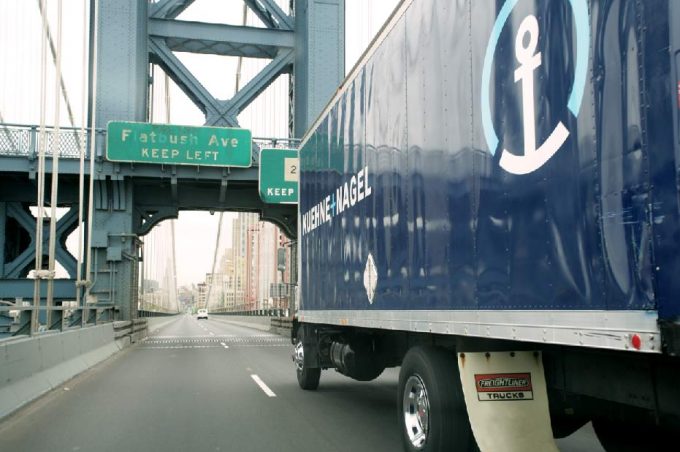Asians fail to bite into US cherry exports while crop falters
North American cherry exporters and carriers are hoping for a better second part of the ...

Swiss 3PL Kuehne+Nagel (KN) sent a strong signal to the transport industry last week as it reported its unaudited financial results for the quarter ended 31 March.
On the one hand, it showed what kind of factors are behind a solid performance in a difficult market, and on the other ...

Comment on this article